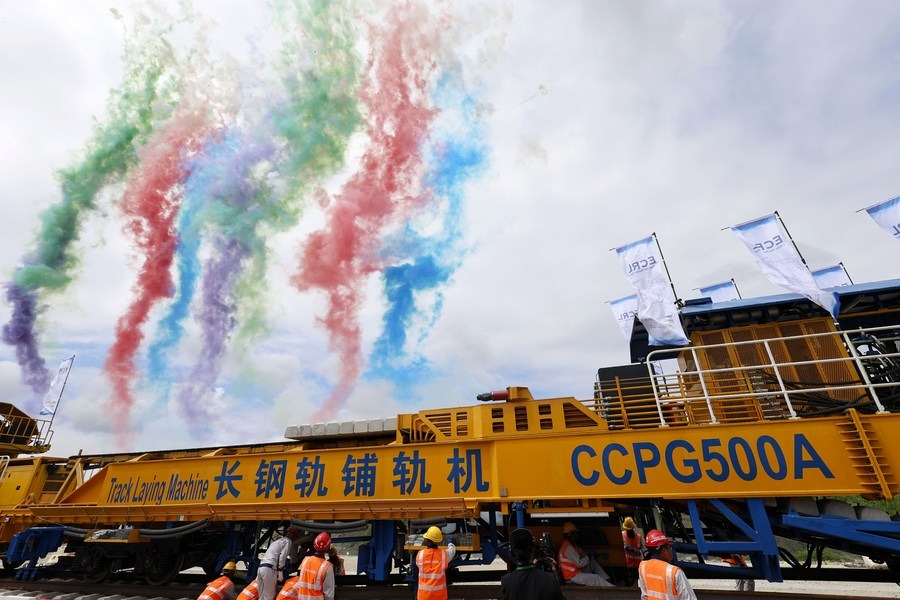New high-speed trains run on north China lines
Xinhua | Updated: 2017-08-21 19:53
BEIJING- China's new-generation high-speed bullet train, the "Fuxing," was put into operation Monday on two railway lines connecting the major cities in the Beijing-Tianjin-Hebei area.
The high-speed service marks a key step in integrated transportation services within the region as the Chinese government seeks coordinated economic development between the three areas.
The Fuxing high-speed trains will make 39 one-way trips between Beijing and Tianjin and 6 one-way trips between Beijing and Xingtai, Hebei each day.
The trains will stop at 10 cities in the region, including Beijing, Tianjin, and Hebei's Baoding, Xingtai and Shijiazhuang, the provincial capital.
The new trains will account for 18 percent of the total services on the Beijing-Tianjin line, China's first high-speed line, that went into operation in August 2008. Trains on that line have carried more than 200 million passengers.
The journey between Beijing and Tianjin is short and railway authorities have provided discounts for commuters, said Wang Lunan, a train attendant.
Many people choose to live in one city and commute via high-speed train to work in another city.
Song Xin, president of a startup incubator in Tianjin Binhai New Area, said his company is located near the high-speed railway station and he makes two to three round trips between Beijing and Tianjin each week.
Fuxing is Chinese for rejuvenation, and the trains are a substantial upgrade on the "Hexie," or harmony, trains. Entirely designed and manufactured in China, the Fuxing is more spacious and energy-efficient, with a longer service life and better reliability.
After 600,000 kms of performance tests, the new train has a designed service life of 30 years, 50 percent longer than its predecessor, said Yu Hongliang, a mechanic with Beijing Railway Bureau.
It is also more modern, with power outlets, USB ports and free WiFi.
Compared with the older model, its power consumption per 100 km is 17 percent less when running at 350 kph, said Yu.
The train also has a sophisticated monitoring system that automatically slows the train in case of emergency or abnormal conditions.
In late June, the new high-speed trains ran for the first time on the Beijing-Shanghai line, China's busiest route used by more than half a million passengers daily.
On July 27, China used the new trains in testing to restore the maximum speed of Beijing-Shanghai high-speed trains to 350 kph, six years after it was reduced to 300 kph.
The Fuxing train will run at a speed of 350 kph between Beijing and Shanghai starting September 21, China Railway Corp. said Wednesday.
China has the world's longest high-speed rail network, 22,000 kilometers at the end of last year, or about 60 percent of the world's total.
About one-third of China's high-speed railways were designed to run at a speed of 350 kph.
Chinese-manufactured high-speed trains have been sold to Indonesia, Russia, Iran and India.
He Huawu, chief engineer of China Railway Corp., said Fuxing will be China's main high-speed rail export in the future.
The model can be adapted to various geological and operational situations, including extreme climates, a core competitive strength in the global market, He said.
























